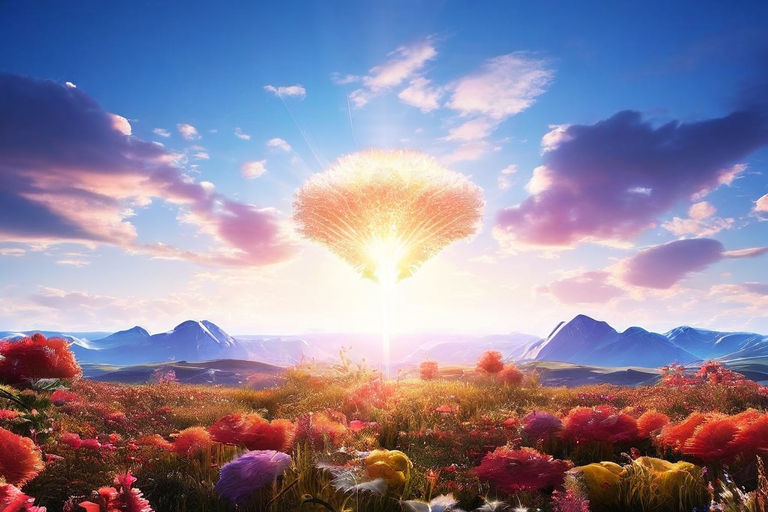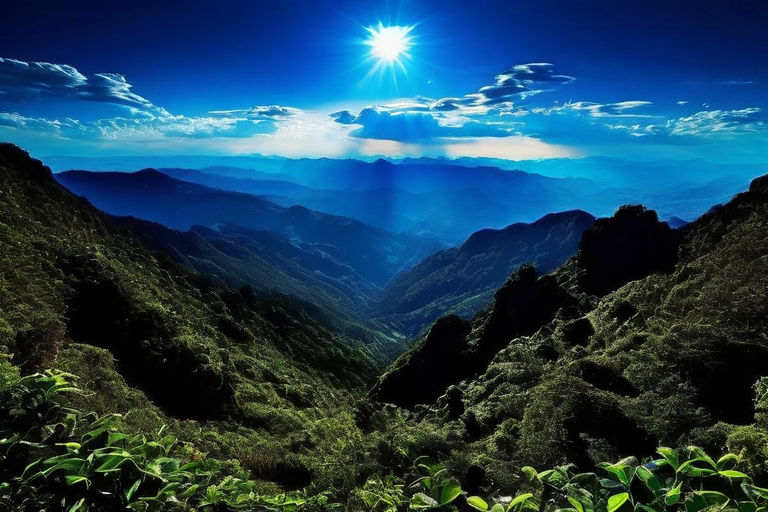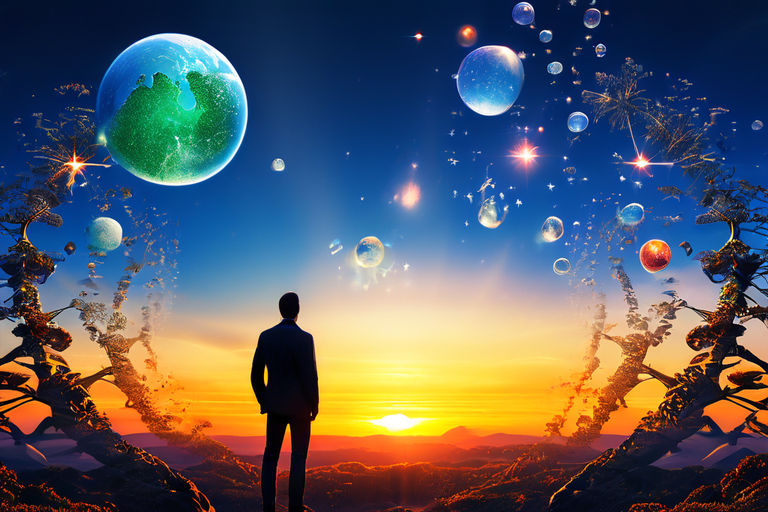Introduction
In the intricate dance of life on Earth, one principle stands out as the driving force behind evolution: natural selection. Understanding the natural selection definition biology unlocks profound insights into how species adapt and thrive in diverse environments. This guide delves deep into the mechanisms and implications of natural selection, offering a comprehensive exploration of this fundamental concept.
Natural Selection: The Key to Evolutionary Success Natural selection is the cornerstone of evolutionary theory, proposed by Charles Darwin in the 19th century. It is the process through which organisms better adapted to their environment tend to survive and produce more offspring. Over time, this leads to the accumulation of advantageous traits within a population, driving evolutionary change.
The Mechanisms of Natural Selection
Variability in Traits
Every organism is unique like a fingerprint in nature. Whether it’s the way they look or the way they behave, there is always some variation between individuals within a species. Think about it this way: Just as people have different hair colors or talents, animals and plants also have their own special characteristics.

Now, why does this diversity exist? Well, it’s partly due to natural selection. Picture this as nature’s way of selecting the best ‘fit’ individuals to survive. You see, in every environment, there are challenges to overcome – like finding food or avoiding predators. Some traits help animals cope with these challenges better than others.
For example, imagine a group of birds living in a forest. If there are a lot of insects to eat, they are difficult to catch, but birds with long beaks can have an advantage – they can reach deep into the cracks of trees where insects hide. Over time, these birds are more likely to survive and pass on their long-beaked traits to their offspring.
This is the essence of natural selection—a continuous process of ‘picking out’ the traits that work best in a given environment. So, the next time you marvel at the diversity of life around you, remember: thanks to nature’s clever way of ensuring that each species is equipped to thrive in its own unique way.
Differential Reproduction
Think of a big family reunion where everyone is trying to find a partner. Not everyone’s luck is the same, right? Well, it resembles nature. Within a group of animals or plants, not all individuals reproduce at the same rate.
Those with traits that make their lives easier – such as being faster, stronger or better camouflaged – are more likely to survive and have babies. It is as if they are passing on their ‘winning genes’ to the next generation.
Over time, this process shapes a species’ family tree. These helpful traits become more common as they are passed down from one generation to the next. So, just like our family reunions, some features become more ‘popular’ over time, while others may fade.
Environmental Pressures
Chitra Prakriti, as the final judge in a talent show, decides who stays and who goes. But instead of singing or dancing, it’s about survival skills.
The environment sets the stage for this competition, throwing up challenges such as predators, climate change, finding food and competing with others for resources. These challenges force individuals to adapt or perish.
For example, in a harsh winter, animals with thick fur can stay warm, while those with poor insulation struggle. Or in a crowded forest, birds that can sing louder can more easily attract mates, so that their genes can be passed on.
So, it’s like a constant game where nature picks winners based on who can handle the challenges best. And these winners can shape the future of their species by passing on their winning traits to the next generation.

Imagine nature as an endless dance between living things and their surroundings. It’s like a giant puzzle where species are trying to find the best fit for survival.
Adaptation is the key player here. It’s nature’s way of saying, ‘Hey, things are changing, so let’s adjust!’ When the environment changes – whether it becomes hotter, colder, wetter or drier – species must move. So, they develop new traits that help them cope and thrive in these new situations.
Consider, for example, how some animals change their fur color with the seasons to better blend in with their surroundings. Or how plants can grow deep roots to reach water during droughts.
It’s about being in tune with the rhythms of nature. Through adaptation, species become better suited to their ever-changing environment, ensuring their survival and continuation of life’s incredible journey.
Natural Selection in Action
Peppered Moths: A Classic Example
Let’s go back to factories and pollution during the industrial revolution. Imagine a world where thick clouds of glass from chimneys cover everything, including trees.
Now, look at the picture of a group of peppered moths around these plants. Their natural light-colored wings stood out against the dark bark, making them easy targets for hungry birds.
But then something extraordinary happened. Over time, some moths developed dark wings. These moths blend in better with dirty plants, making them less likely to be eaten by predators.
This change, known as industrial melanism, is a prime example of natural selection at work. The pollution created a new environment where the dark moth had a better chance of survival. So, they passed on their ‘dark-wing’ genes to their moth offspring, slowly shifting the population towards darker colors.
It’s like nature’s way of saying, ‘Eat or be lunch!’ And the peppered moths did just that, showing us firsthand how powerful and interesting natural selection can be.
Antibiotic Resistance in Bacteria
Let’s talk about bacteria and antibiotics—a story that shows natural selection in action, but with a twist that affects us directly.
When doctors prescribe antibiotics to treat infections, they are like weapons against bacteria. But some bacteria are tougher than others. When exposed to antibiotics, the weak die, but the lucky few survive and thrive with natural resistance.
Over time, these resistant bacteria become more common, making it harder for antibiotics to work. It’s like a constant battle between us and the bacteria, where they keep evolving to survive and we have to find new ways to fight back.
This phenomenon highlights the importance of genetic variation. As you can see, bacteria are not all the same – they have different characteristics encoded in their genes. Sometimes, through genetic mutation, they develop new traits like resistance to antibiotics. These mutations fuel evolution, allowing bacteria to adapt to new challenges like our antibiotics.
So, while it’s a reminder of the tough fight we face against infectious disease, it also shows the incredible power of evolution and genetic diversity in shaping life’s responses to the world around us.
Genetic Drift: Random Fluctuations in Small Populations
Let’s talk about another player in the game of evolution: genetic drift. While natural selection is like the deliberate choice of a referee, genetic drift is more like the unexpected twists and turns that happen by chance.
Imagine a small group of animals living in a secluded valley. Because there are only a few of them, random events—such as a flood washing away some individuals or a disease affecting others—can have a large effect on their gene pool.
Unlike natural selection, which favors certain traits because they aid survival, genetic drift does not value utility. It’s just a matter of luck – genes are passed on more or less by chance anyway.
So, in this valley scenario, if some animals have more offspring just by chance, their genes become more common in the population, even if those genes don’t make the animals better suited to their environment.

Genetic drift is like a wild card in evolution, adding an element of randomness to the story. It’s a reminder that not everything in nature happens for a reason—sometimes, it’s just luck drawn.
The Evolutionary Significance of Natural Selection
Speciation and Divergence
Let’s explore how new species are created through a process called speciation by natural selection.
Imagine a group of animals living in the same area, but over time, they begin to adapt to different environments or lifestyles. Maybe some birds start eating tree insects while others prefer to forage on the ground.
As these populations adapt to their specific niches, they become more and more different from each other – this is called divergent evolution. They can develop different physical characteristics, behaviors, and even mating rituals.
Eventually, these differences become so pronounced that populations can no longer successfully interbreed. They have become reproductively isolated from each other, such as speaking different languages. This is the final stage of speciation.
So, from one ancestral population, we now have two separate species, each specialized to thrive in their own unique way. It’s like exploring nature’s different paths and filling each ecological niche with just the right fit.
Biodiversity and Ecological Resilience
By fostering the proliferation of diverse traits, natural selection underpins the richness of Earth’s biodiversity. This diversity not only enhances ecosystem stability but also ensures resilience in the face of environmental disturbances.
In summary, natural selection stands as nature’s ultimate sculptor, shaping the wondrous diversity of life through the relentless sieve of adaptation. From the humblest microbe to the mightiest mammal, every organism bears the indelible mark of evolutionary history—a testament to the power and beauty of natural selection.
FAQs
What is natural selection?
Natural selection is a fundamental mechanism of evolution whereby organisms better adapted to their environment tend to survive and reproduce more successfully.
How does natural selection drive evolutionary change?
Natural selection acts on variability in traits within populations, favoring those that confer a survival advantage. Over time, this leads to the accumulation of advantageous traits and drives evolutionary change.
Is natural selection random?
While genetic mutations—the raw material for natural selection—are random, the process of natural selection itself is not. It operates through the non-random differential survival and reproduction of individuals with certain traits.
Can natural selection lead to the emergence of new species?
Yes, natural selection can drive speciation by promoting the divergence of populations through adaptive evolution. Over time, reproductive isolation may arise, leading to the formation of distinct species.
What role does genetic variation play in natural selection?
Genetic variation provides the raw material upon which natural selection acts. It introduces new traits into populations, enabling adaptation to changing environmental conditions.
How does natural selection contribute to biodiversity?
Natural selection fosters biodiversity by promoting the proliferation of diverse traits within populations. This diversity enhances ecosystem stability and resilience to environmental disturbances.


